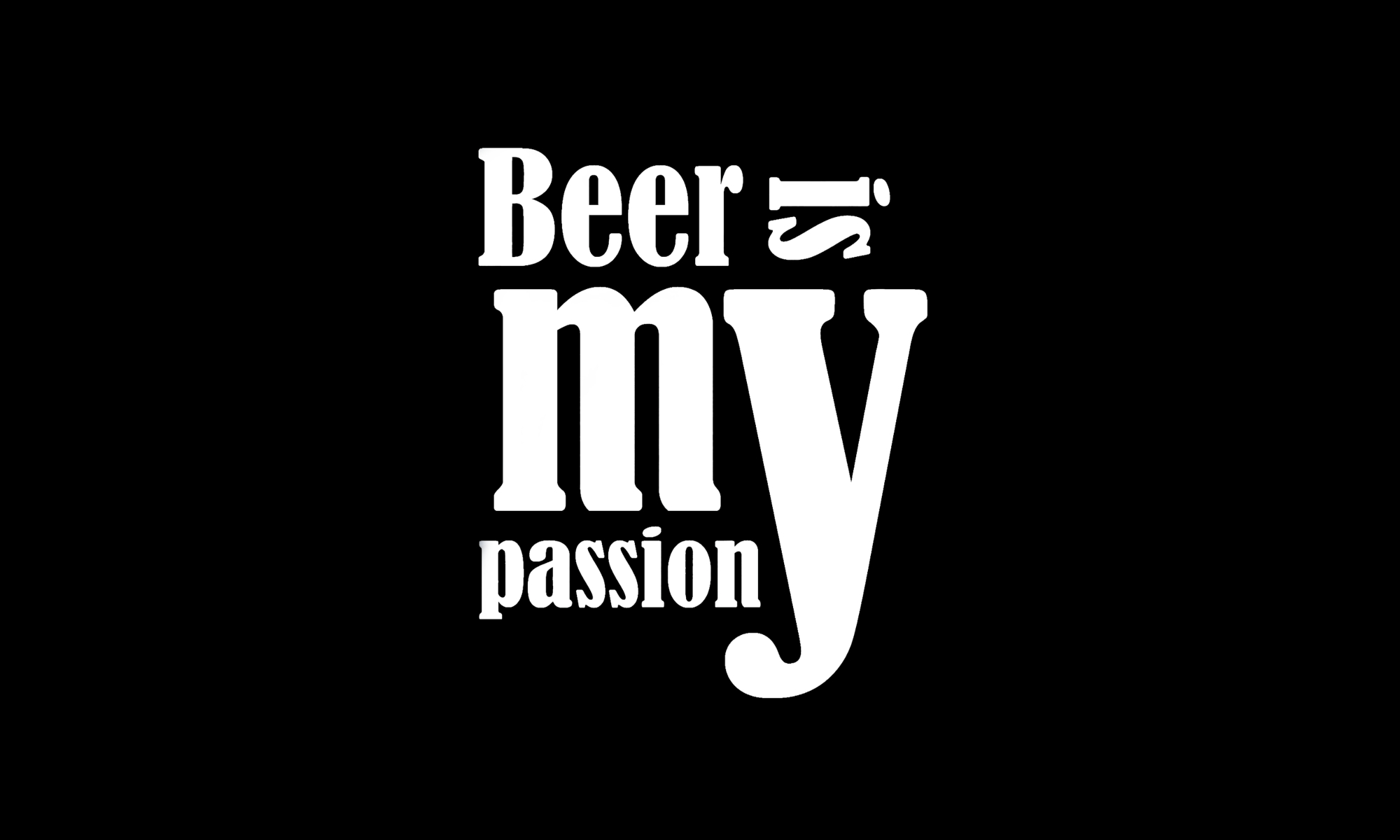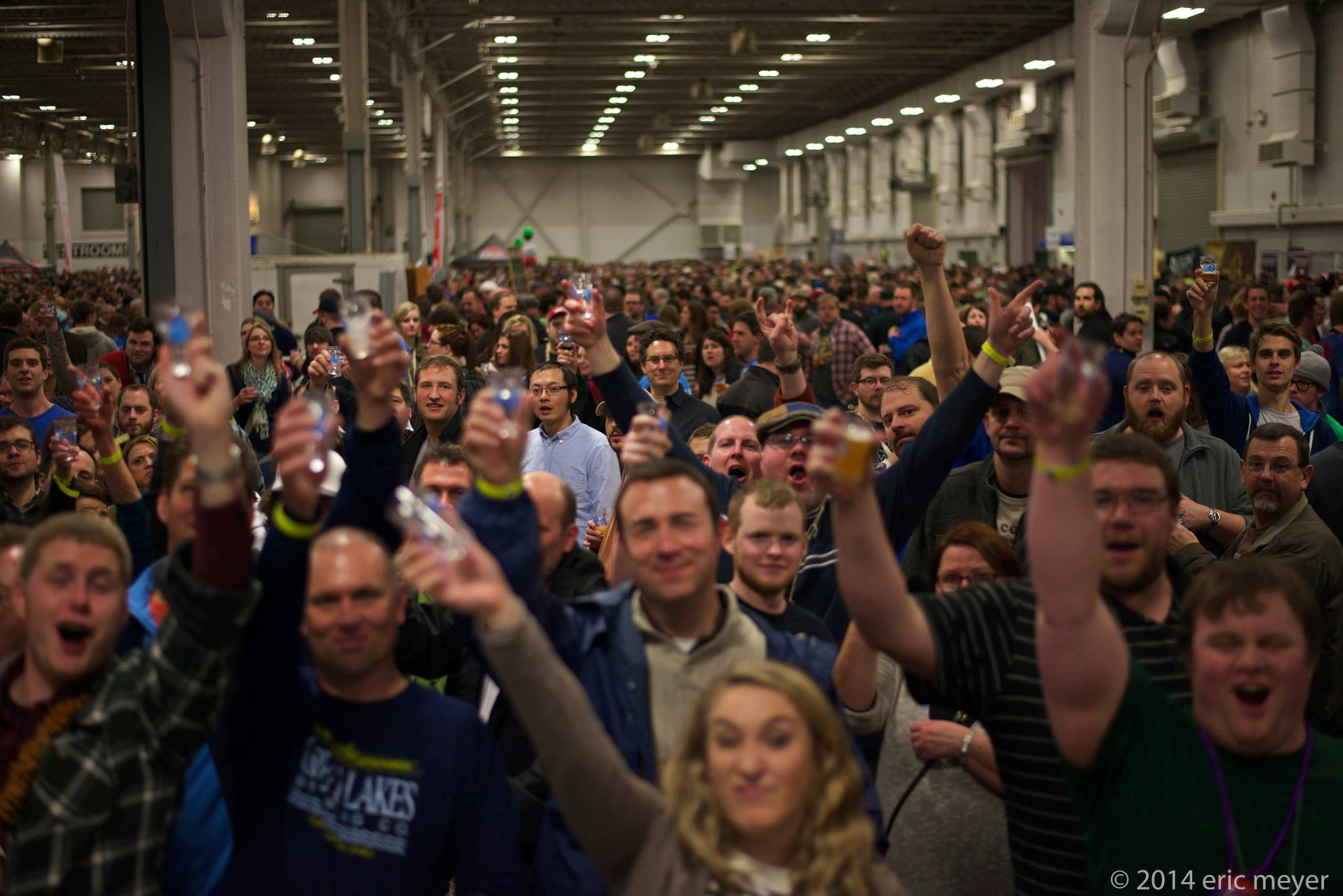 When’s the last time you remember holding your glass in the air and cheering with 5,000 other beer enthusiasts? Believe it or not, this post took me almost a week to create. There were so many people that worked their tail off to make Winterfest 2014 a success. A very special “Thank you” to the breweries that participated, the Brewers of Indiana Guild, Hoosier Beer Geek, and the 100+ volunteers that made this happen. The planning and execution of this beer festival were top notch. We had an awesome time pouring at Winterfest, and we also wanted to thank everyone that dropped by to say hello and sample our offerings.That said, this year’s Winterfest was HUGE. We loved the extra space that Champion Hall provided, however it was soon consumed by the 5,000 beer loving ticket holders. This was by far the largest beer tasting I’ve ever been to. Note to self: VIP tickets at Indiana beer tastings are becoming more and more validated 🙂 Eric Meyer has a fantastic photo album documenting the debauchery. Either way, I wanted to take some time to share some of my favorite picks from this past weekend. Here it goes:
When’s the last time you remember holding your glass in the air and cheering with 5,000 other beer enthusiasts? Believe it or not, this post took me almost a week to create. There were so many people that worked their tail off to make Winterfest 2014 a success. A very special “Thank you” to the breweries that participated, the Brewers of Indiana Guild, Hoosier Beer Geek, and the 100+ volunteers that made this happen. The planning and execution of this beer festival were top notch. We had an awesome time pouring at Winterfest, and we also wanted to thank everyone that dropped by to say hello and sample our offerings.That said, this year’s Winterfest was HUGE. We loved the extra space that Champion Hall provided, however it was soon consumed by the 5,000 beer loving ticket holders. This was by far the largest beer tasting I’ve ever been to. Note to self: VIP tickets at Indiana beer tastings are becoming more and more validated 🙂 Eric Meyer has a fantastic photo album documenting the debauchery. Either way, I wanted to take some time to share some of my favorite picks from this past weekend. Here it goes:
Upland used a Twitter password to allow entry into this Wheel of Fortune! The wheel included Raspberry, Cherry, and Kiwi Lambic, and also the much coveted Sour Reserve 4. |
 ZwanzigZ Brewing Eisbock ZwanzigZ Brewing EisbockThis beer was fantastic! This style of beer is created by freezing bock beer and removing the ice. This method concentrates the flavor and abv. Great work and thanks for sharing! |
 Country Boy Brewing Chestnut Brown Ale Country Boy Brewing Chestnut Brown AleWe were lucky enough to pour right next door to Country Boy Brewing. This beer really stood out for me. Very easy drinking and flavorful brown! |
 New Albanian Phoenix Kentucky Komon Ale New Albanian Phoenix Kentucky Komon AleThis beer was great! Kentucky Common beer has the unique history of being America’s first sour! Lactobacillus is used to create a twang sourness that complements the malt profile of this beer. New Albanian pulled this one of brilliantly. |
 Planetary Fly Casual Brown Ale Planetary Fly Casual Brown AleThis was my first Planetary beer, and I was pretty impressed. I’m a sucker for Brown Ales. I’m sure I’ll be enjoying more Planetary beers in the not so distant future. |
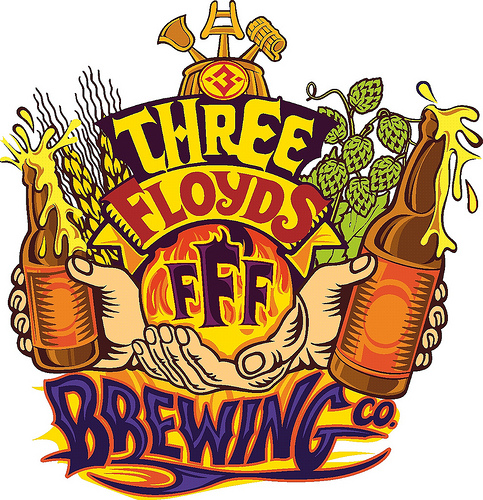 Three Floyd’s War Mullet Three Floyd’s War MulletI’m not sure how long this keg lasted, but my guess is it went quickly. War Mullet is, at the moment, a very rare Imperial IPA created by FFF. |
 Reposado Du Flat Saison/Farmhouse Aged 6 months in Extra Anejo tequila barrels. Reposado Du Flat Saison/Farmhouse Aged 6 months in Extra Anejo tequila barrels.The evil geniuses at Flat 12 created a saison that they aged in anejo tequila barrels. Everyone was talking about it the first couple of hours at Winterfest. I did not get a chance to try it, but I thought it was worth a mention as it seemed very popular. |
 Power House Barrel Aged Diesel Oil Stout Power House Barrel Aged Diesel Oil StoutDiesel Oil Stout is a fantastic beer. Seeing a barrel aged version at Winterfest was a great comfort 🙂 |
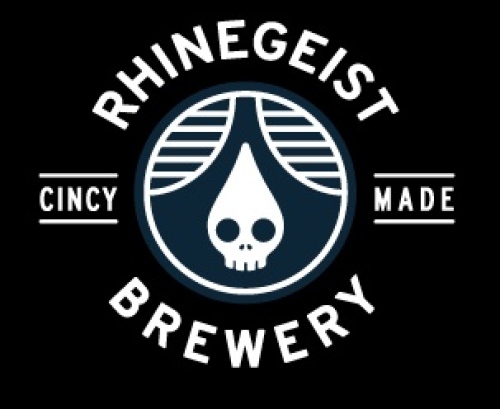 Rhinegeist Uncle English Dark Mild Rhinegeist Uncle English Dark MildWe’ve been drinking a lot of English Mild beer lately and this one stood out. Smooth, great malt profile, and highly sessionable. |
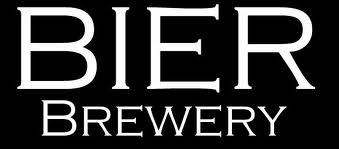 Bier Brewery 1.21 Gigawatts Belgian Strong and Hator Dopplebock Bier Brewery 1.21 Gigawatts Belgian Strong and Hator DopplebockBoth these beers were served at Bier’s 3rd Anniversary Party this past year. I was glad to see they still had some left for Winterfest. Cheers if you had the opportunity to try these rare beers! |
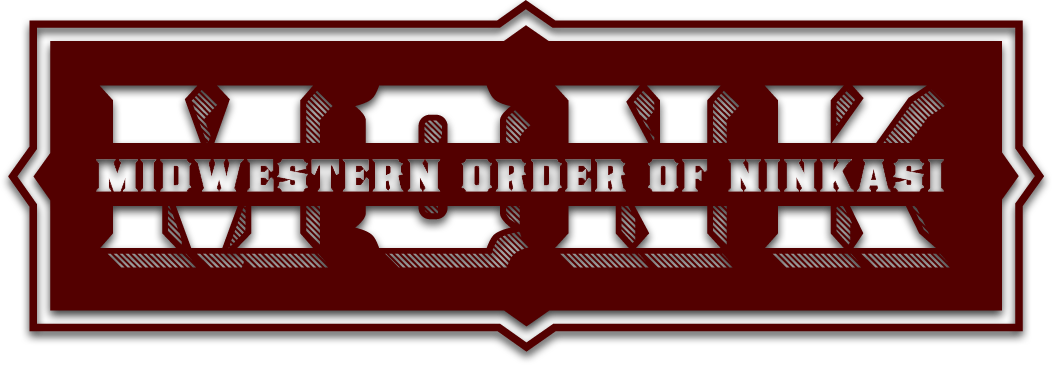 MONK Wookie Tears English Brown Ale MONK Wookie Tears English Brown AleThese guys were great neighbors to us, and you can bet I made sure to sample each one of their beers. Wookie Tears English Brown was one of those great beers! |
 Bloomington Hop Jockeys Sour Collection Bloomington Hop Jockeys Sour CollectionThere is no doubt that the Hop Jockeys have skill when it comes to brewing, but sampling their sour beer has become something to look forward to at these events. Thanks for sharing Luke! |
